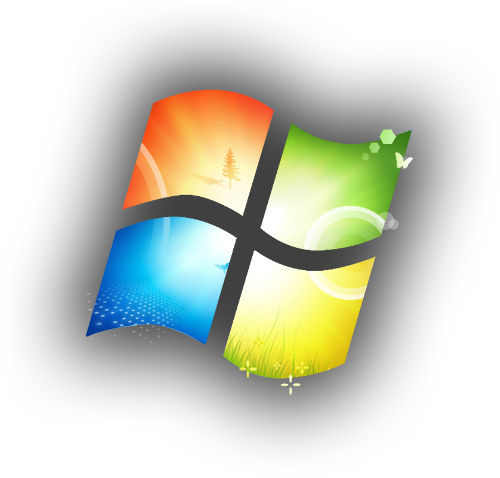Updating your Windows 10 or Windows 11 PC is an important step in maintaining the security and performance of your computer. In this article, we will walk you through the process of updating your PC, including how to check for updates, download and install them, and troubleshoot any issues that may arise.
Before we begin, it’s important to note that you should always make sure to backup your files and important data before updating your PC. This will ensure that you don’t lose any of your important files in case something goes wrong during the update process.
Step 1: Check for Updates
To check for updates on your Windows 10 or Windows 11 PC, go to the Start menu and click on the “Settings” icon (it looks like a gear). In the Settings menu, click on “Update & Security”. In the Update & Security menu, you will see an option to “Check for updates.” Click on this option to check for any new updates that are available for your PC.
Step 2: Download and Install Updates
Once you have checked for updates, you will see a list of any available updates. To download and install these updates, simply click on the “Download and install now” button. Your PC will then download and install the updates, which may take some time depending on the size of the updates and the speed of your internet connection.
Step 3: Restart Your PC
After the updates have been installed, your PC will prompt you to restart your computer. It is important that you do this so that the updates can take effect. Once your PC has restarted, the updates will be fully installed and your PC will be running the latest version of Windows.
Troubleshooting
If you run into any issues while updating your PC, there are a few things you can try to resolve them.
- Check your internet connection: Make sure that you have a stable internet connection before downloading and installing updates.
- Run the Windows Update Troubleshooter: This tool can help resolve common issues that may arise during the update process. To run the troubleshooter, go to the “Troubleshoot” tab in the Update & Security menu and select “Windows Update.”
- Clear the Windows Update cache: Sometimes, the Windows Update cache can become corrupted, causing issues with updates. To clear the cache, go to the Command Prompt (as an administrator) and run the command “net stop wuauserv” followed by “net start wuauserv”.
Updating your Windows 10 or Windows 11 PC is an important step in maintaining the security and performance of your computer. With these steps, you can easily check for, download, and install updates on your PC, as well as troubleshoot any issues that may arise.
Please note that this article is based on the current knowledge cut off and the instructions may be changed or update after my knowledge cut off.

